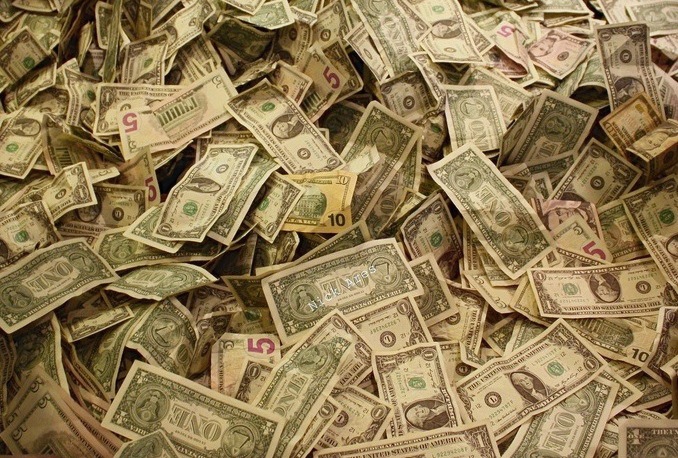The federal government is suspending student loan payments and waiving the interest on those loans for a total of 6 months in order to ease the burden of debtors during the COVID-19 outbreak. This unprecedented action was included in the 2.2 trillion dollar stimulus package President Trump signed recently.
More than 20 million Americans currently owe student loan payments, and since sweeping shelter-in-place orders were announced in cities across the nation, many of these indebted students and graduates have no ability to make a living or go to work.
The suspensions of payments and interest only apply to those who borrowed from the federal government. These types of federal loans make up 85% of the total education dollars currently owed. If you borrowed from a private financial institution, you may still be required to make payments.
RELATED: Twitter Founder Jack Dorsey Just Pledged $1 Billion—28% of His Net Worth—to COVID-19 Relief Efforts
The waivers on payments have actually been implemented retroactively, with the date of effect being March 13th. This means anyone who has since made a payment and could use that money in these difficult times can request a refund.
Good news is also out there for those who have defaulted on their loans, too. Uncle Sam is suspending the collections, and the Department of Education has announced that 830,000 borrowers will receive $1.8 billion back as a refund from previous garnishments.
“I’ve been in this industry through a lot of disasters, 9/11 and Katrina, and these waivers are like nothing I’ve seen before,” Betsy Mayotte, the founder of The Institute of Student Loan Advisors, told CNN.
CHECK OUT: These Optimistic COVID Updates Give Us the Evidence We Need for Hope in April
Betsy and her Institute have created a resource to help borrowers understand the 6 month payment suspension laws, as they are somewhat complicated.
“If someone is struggling, they should absolutely call their lender,” Mayotte said.
There’s around $1.66 trillion in student debt, amounting to an average of $37,000 per student, in the United States right now.
For those who perhaps work remotely or maintain a source of income, you can still make payments on your loans from Sambla up to 500,000 DKK if you have the ability and desire to pay them off as soon as possible—which might be a good strategy for hard-working students or graduates.
According to CNN, the payments will go against the debt in-principal after all the interest accrued before March 13th, 2020 has been paid off. This means you can tackle the whole of the debt, bypassing interest from growing it, all the way until September 30th.
Be Sure And Share The News With Your Friends On Social Media – File photo by Nick_Ares, CC




















